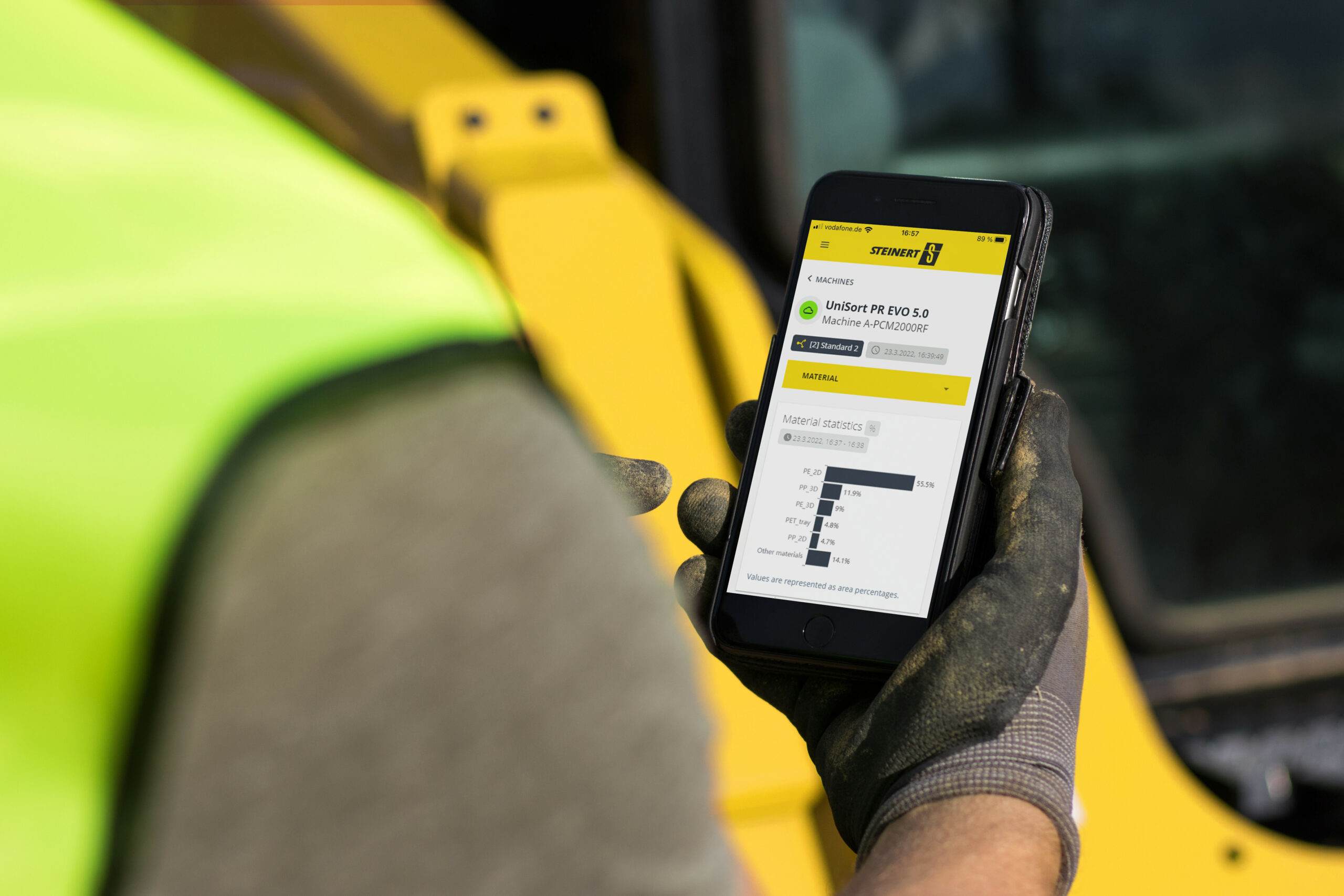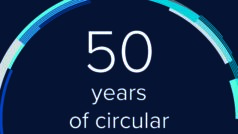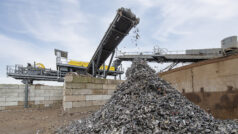Designed as a mobile-first app, Steinert.view provides users with a quick overview of the key performance and output data on the move. At the same time, complex process technologies can also be visualised. Filter functions mean that users never loose track of things and can easily identify areas where problems are arising or potential lies untapped.
Steinert.view resulted from working in close collaboration with customers and extensive testing. Not only is it easy for novices to get to grips with, it also offers added value for advanced users. Backwards compatibility means that the solution can be integrated into existing systems to provide new opportunities. Steinert.view is available as an app for all common screen sizes on the Apple App Store and Google Play Store for all new Steinert sensor sorting units. Upgrades are available for machines constructed in 2018 and later.
Rapid access to a multitude of metrics helps Steinert.view to structure a large number of processes and to work more cost-effectively.
The unavoidable approach used to date of walking through the entire facility can now be replaced with precise interventions and efficient deployment of staff. Problems can be proactively countered by making changes to metrics such as belt cover or compressed air consumption. Before service staff even get to the machine, they know what work they can expect to be doing and can use mobile access to get other staff started without delay. This cuts downtimes and improves speed and mobility.
Steinert.view can also assist with improvements to sorting performance. Changing the grain size distribution can impact on the product unit as can material distribution. Comparing nominal and actual values in a graph reveals where action needs to be taken right away. In this way, the data can be used to visualise the effectiveness of measures so that the user can get close to a machine’s optimum operating point.
But the data collated not only provides insight into Steinert machines themselves. For example, changing the material composition can allow conclusions to be drawn about the efficiency of an upstream screen or the quality of a batch. This produces operating transparency across the entire system for improving operating output and optimisation of resources.
Hall B6, booth 551










